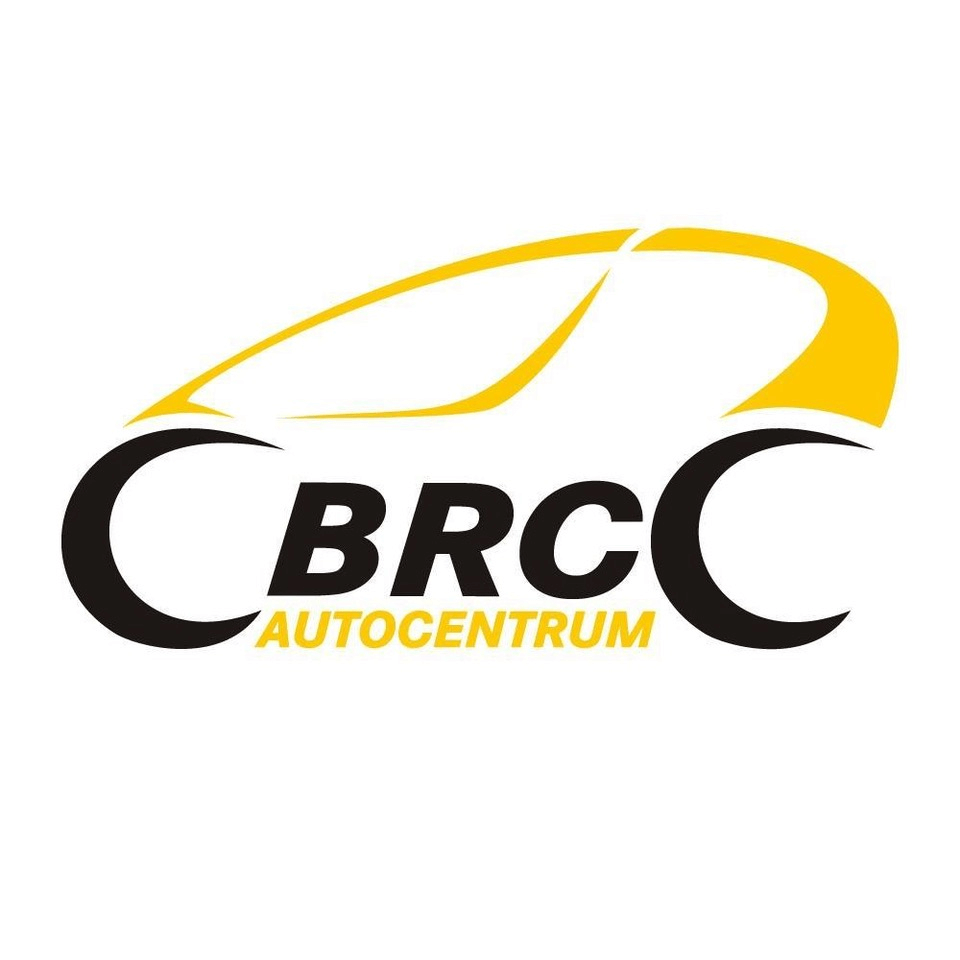Keyword is an important element in the SEO process, helping to determine the direction of a website's content, attract the target audience and optimize pages for search engines.
Keyword research and selection for SEO
In order to select the right keywords and use them effectively, the first step is to discover them. The SEO keyword research process should be the first step in selecting the most relevant keywords for your website. You should first understand and answer the questions such as what people are searching for, how often they are searching for it, and which form of content is most effective. Before carrying out a keyword search, you should understand how keywords work, how they are important and how they can help your website. The keyword list at this stage should also match what the target audience is searching for online. It can be useful to look not only at the right keywords, but also at your company's customers and their web browsing habits. We use keyword research tools such as Ahrefs, SemRush, or free keyword research tool like as Google Keyword planner tool, which allow us to discover all the right keyword ideas for the search engine optimization process.
During keyword research for SEO we use keyword analysis tools to generate keyword ideas, analyze keywords and keyword suggestions, keywords that your competitors haven't optimized for, and select the best keywords to create your own unique keyword strategy.
Mapping keywords to target pages
Having the same familiar keywords is not all it takes to naturally reach people and therefore potential customers. That's because they also need to be used in a targeted way and linked to the landing page. Linking keywords is the next step that needs to be taken to reach the target audience.
It should not be forgotten that at this stage there may be several hundred different keywords. Important to note - keyword difficulty, keyword competition, keyword search volume, traffic and relevance of each keyword may vary. Every keyword can be useful, but choosing the right ones for you is key, as people can search for the same thing in very different ways. It is therefore essential to make sure that these searches lead to your homepage. This can be achieved naturally by linking the content of your website to relevant and related keywords. To rank for new keywords it will be important to create content related to specific keyword. And for keywords to work or to get traffic from Google - the content will have to meet all the SEO content rules.
Number of keywords optimized
The number of keywords to be optimized depends primarily on the client's strategic goals. The more pages that are included in the optimization process, the more keywords will be selected and included in the list of keywords to be optimized. As an example, between 1 and 5 keywords are assigned per page, some of them are long-tail keywords. During the SEO process, keywords can be adjusted according to the changing market or customer needs by looking at Google search results, monthly search volume, Google Search Console, etc.
The question often comes up, how many keywords should be used in the text? Should there be as many as possible, or should there be more variety? And while there is no exact answer, as the number may vary somewhat from time to time, there are certain rules. The recommended keywords in the text should make up around 1 per cent of the total content and not exceed 2 per cent. Of course, the longer the text, the more times a keyword may be used. However, this should not be overdone - it is important that these words fit naturally into the content as a whole and that the reader finds them of high quality and interesting. Focusing on the reader is what can bring more value than text that is too long and written for search engine robots.
F.A.Q
What is a keyword in the SEO process?
What is keyword research?
Keyword research is the process of conducting a keyword search to discover the most relevant terms for a website and to determine what people are searching for as well as how often they search for it.




